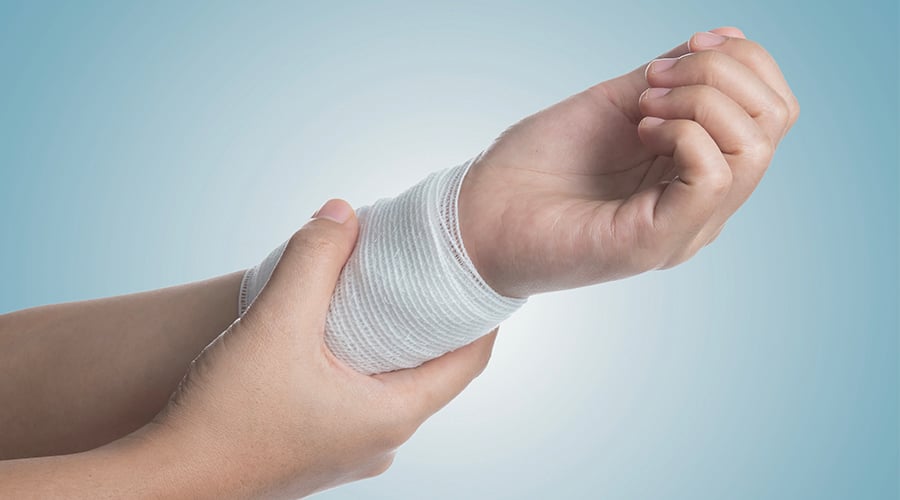For decades, avascular necrosis (AVN) of the femoral head was regarded as a degenerative...
Skin Graft Complications

Skin grafts are often employed as a means of healing damaged tissue, though they are not without potential complications. In instances where negative symptoms arise following surgery, hyperbaric oxygen therapy (HBOT) has been proven as a viable means of treatment to alleviate these adverse effects and facilitate the healing process.
Let’s take a look at the purpose of skin grafts, the risks involved with the procedure, and the positive impact HBOT can have on salvaging those that are compromised.
Skin Grafts: Uses & Benefits
Skin grafts involve the removal and transplantation of healthy skin from one area of the body to another, in an effort to replace tissue that has been damaged. Common applications include aiding in the healing of substantive burns, wounds, venous ulcers, bedsores, and diabetic ulcers, as well as in the reconstruction of skin removed during surgical procedures such as mastectomies.
An autograft utilizes your own skin as the transplant source, though other outside sources may be used to supplement, if needed. The most common donor sites include the inner thigh, buttocks, below the collarbone, the upper arm, and the skin found both in front of and behind the ear. Ideally, skin grafts are designed to serve as a temporary solution, as the transplanted skin adheres to and grows into the recipient area over time.
Complications & Symptoms
In certain instances, complications can arise following a skin graft procedure, resulting in bleeding, infection at the donor or recipient sites, inhibited healing, increased or decreased sensation at the recipient site, loss of hair growth, graft tissue contraction resulting in interference with limb movement, excessive scarring, and differences in skin coloration.
At times, the graft may not reattach to the new site adequately, and without proper blood flow, it may fail or become compromised, requiring further surgical intervention.
Symptoms associated with these issues differ from one person to the next, but can range from infections, fevers and chills to redness, swelling and soreness, as well as darkening of the skin graft. In some cases, patients may experience lightheadedness, shortness of breath, chest pain, severe nausea or vomiting, and bleeding or discharge from the wounds.
Factors contributing to complications include age—newborns and those over 60 are more susceptible to negative side effects—as well as smoking, use of certain medications, a history of radiation at the transplant site, diabetes, and poor overall health.
HBOT as Post-Op Treatment
Hyperbaric oxygen therapy has gained recognition—and FDA approval—for its ability to mitigate the effects of compromised skin grafts by maximizing the viability of the compromised tissue, and thereby reducing the need for regrafting. According to Undersea and Hyperbaric Medical Society: Hyperbaric Oxygen Therapy Indications, 13th Edition, HBOT has been demonstrated to be useful in flap salvage, specifically in those instances where tissue has been compromised by irradiation, or where there is decreased perfusion or hypoxia.
As with all treatments, identifying those patients most likely to benefit from these added measures is a crucial component, and includes assessing the underlying cause for the skin graft complication. While HBOT has not been recommended for the support of uncompromised grafts, studies have shown its effectiveness in enhancing the survival of those adversely affected in a variety of experimental and clinical situations.
For more information on skin grafts and flaps, as well as hyperbaric oxygen therapy, please visit Hyperbaric Medical Solutions today.

Written by Alan Katz, MD, FUHM, FACEP, FAAEM
Dr. Alan Katz, National Medical Director of Hyperbaric Medical Solutions (HMS), is double board certified in Emergency Medicine and Hyperbaric Medicine. He directs clinical operations, education and research initiatives, and the integration of other regenerative medicine therapies....
Read More


